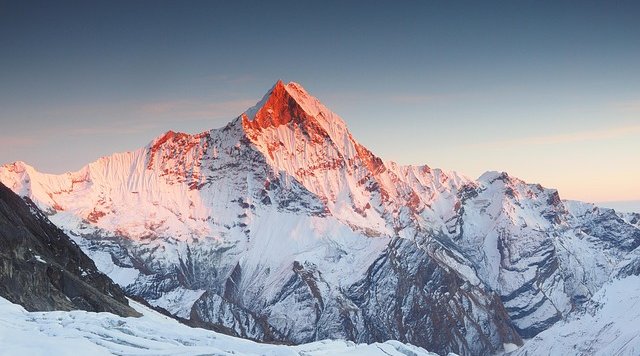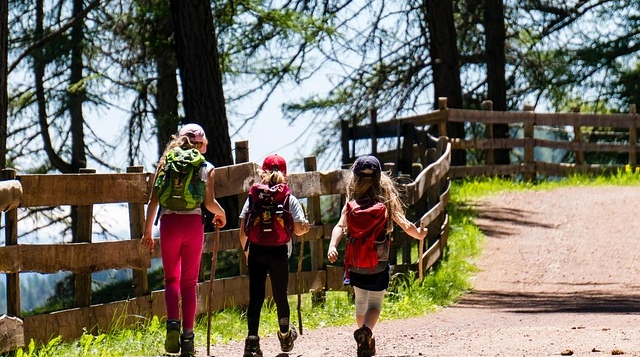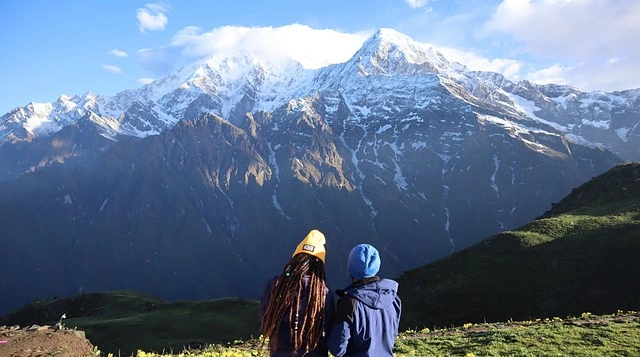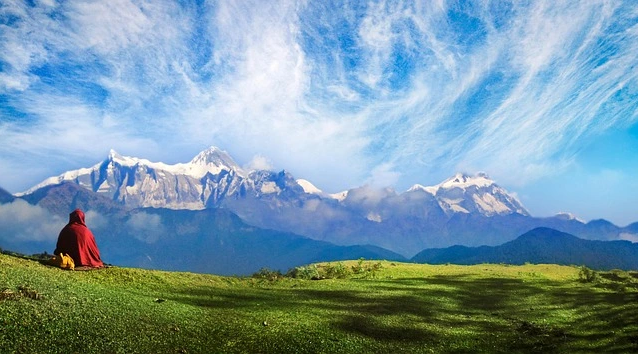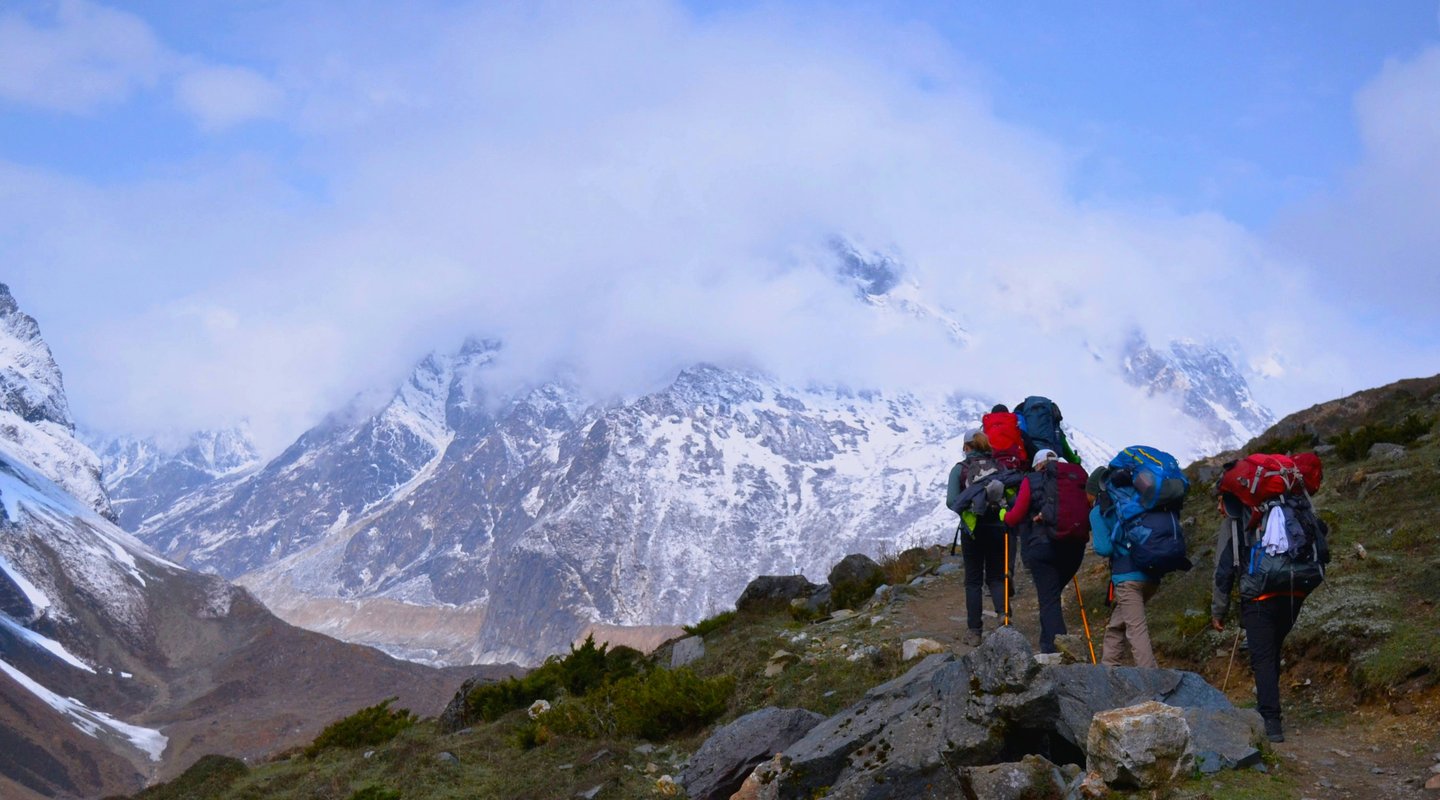Have you ever wondered, “Everest base camp trek photography tips?” as you imagine capturing the awe-inspiring landscapes of the Himalayas? Imagine standing at the foot of the world’s highest peak, camera in hand, and capturing moments that tell the epic story of your adventure. In this guide, we’ll share expert photography tips, best viewpoints, essential camera gear recommendations, and advice on high-altitude lighting conditions—all tailored for trekkers aiming to immortalize their journey to Everest Base Camp.
Whether you’re an amateur photographer or a seasoned shutterbug, these tips will help you make the most of every moment. From snapping breathtaking panoramas to intimate portraits of Sherpa culture, learn how to create images that not only document your trek but also evoke the magic of the Himalayas.
The Unique Charm of Everest Base Camp Photography
Trekking to Everest Base Camp isn’t just an adventure; it’s a transformative experience that offers an unparalleled natural canvas. The rugged terrain, dramatic mountain vistas, and ever-changing weather conditions create both challenges and opportunities for photographers. The stark contrasts between brilliant blue skies, deep snow, and rugged rock formations require a careful approach to composition and exposure. Every frame tells a story—from the bustling teahouses to the silent, majestic peaks in the distance.
This guide provides “Everest base camp trek photography tips?” that cater to all skill levels, ensuring you capture the essence of this incredible journey with clarity and creativity.
Essential Photography Tips on the Trek
- Know Your Subject and Environment
Understanding the environment is key. The Himalayas are dynamic, and weather conditions can change rapidly. Before setting out each day, take a moment to observe the light, colors, and mood. Think about what story you want your image to tell. Is it the serene silence of a snow-covered valley or the vibrant life of a Sherpa village?
Tip: Always carry a small notebook to jot down ideas and the locations that catch your eye; these notes can be invaluable when reviewing your images later.
Great photography is all about composition. Use natural elements like mountain ridges, rivers, and clouds to create depth in your photos. The rule of thirds is a helpful guideline—place key elements along these imaginary lines to create balance and interest.
Tip: Experiment with different perspectives. Sometimes a low angle can emphasize the grandeur of the mountains, while an elevated viewpoint might capture the vast expanse of the trail.
Lighting is everything, especially at high altitudes. The golden hours—shortly after sunrise and before sunset—offer soft, warm light that can transform an ordinary scene into a breathtaking image. Conversely, harsh midday light can create strong shadows and overexposed areas.
Tip: If you’re shooting during midday, use a polarizing filter to reduce glare and enhance the contrast between the sky and the mountains.
Best Viewpoints Along the Trek
The Everest Base Camp trek is filled with incredible viewpoints. Here are some must-stop locations for capturing stunning images:
Namche Bazaar
Namche Bazaar is not only a bustling hub of local culture but also offers panoramic views of the surrounding peaks. Capture the vibrant market scenes juxtaposed with majestic mountain backdrops.
Gallery Idea: Include images of local stalls, smiling faces of Sherpas, and wide-angle shots of the valley.
Tengboche Monastery
The serene atmosphere and the ancient monastery set against the dramatic backdrop of Everest and Ama Dablam create a spiritual and visually striking scene. Early morning shots here often capture the monastery in the soft glow of dawn.
Gallery Idea: Showcase both close-up details of the monastery’s architecture and expansive landscape views.
Dingboche
Dingboche offers dramatic vistas of towering peaks and rugged terrain. The interplay of light and shadow on the mountains is particularly striking here, making it an ideal spot for landscape photography.
Gallery Idea: Use wide-angle photos that emphasize the scale of the mountains and detail shots that highlight the texture of the rocky slopes.
Gorakshep and Kala Patthar
Gorakshep is the last village before reaching Everest Base Camp, and the trek to Kala Patthar offers one of the most celebrated viewpoints. From Kala Patthar, you can capture panoramic shots of Everest and its surrounding giants during sunrise or sunset.
Gallery Idea: Feature a series of images that show the progression of the light from the early dawn glow to the rich colors of sunset over the peaks.
Camera Gear Recommendations for Everest Base Camp Trek Photography
Having the right camera gear can make a significant difference in your ability to capture high-quality images in challenging conditions. Here are some recommendations:
Camera Body
DSLRs vs. Mirrorless:
Both DSLR and mirrorless cameras are suitable for high-altitude trekking. Mirrorless models tend to be lighter and more compact, which is an advantage when hiking. However, DSLRs often have superior battery life—a crucial factor when you’re far from power sources.
Tip: Consider a model that offers robust weather-sealing to protect against moisture and dust.
Lenses
A versatile zoom lens (e.g., 24-70mm) is excellent for general photography, while a wide-angle lens (e.g., 16-35mm) is ideal for capturing expansive landscapes. If you’re interested in wildlife or distant subjects, a telephoto lens (e.g., 70-200mm) can be very useful.
Tip: Bring lens filters such as a polarizer to enhance sky contrast and reduce glare and a neutral density filter for long exposures even in bright conditions.
Accessories
- Tripod: A lightweight, durable tripod is essential for long exposures and low-light conditions.
- Extra Batteries and Memory Cards: Cold weather can drain batteries quickly, so carry spares.
- Protective Bag: A weather-resistant camera bag will safeguard your gear during sudden downpours or snowfall.
Tip: Use a microfiber cloth to keep your lens clean from dust and condensation.
Understanding High Altitude Lighting Conditions
At high altitudes, lighting can be both a challenge and an opportunity. The brilliant, clear light on crisp, thin air can be incredibly harsh, creating deep shadows and high contrast. Conversely, the snow can reflect sunlight, resulting in overexposed highlights.
Golden Hour and Blue Hour
The golden hour in the Himalayas offers a soft, warm light that enhances the natural beauty of the landscape. The blue hour, just before sunrise or after sunset, can create a serene, cool tone that is perfect for capturing the quiet majesty of the mountains.
Tip: Plan your shooting schedule around these times to maximize the quality of your images.
Dealing with Harsh Midday Sun
When shooting during the middle of the day, consider using a polarizing filter to manage glare and bring out the saturated colors of the landscape. Adjust your exposure settings to prevent blown-out highlights, especially in snowy areas.
Low-Light Techniques
If you plan to shoot in low-light conditions, such as early morning or during overcast days, a fast lens with a wide aperture (e.g., f/2.8) can be very helpful. Additionally, use a tripod to avoid camera shake during longer exposures.
Tip: Experiment with ISO settings; while higher ISO can introduce noise, modern cameras often manage noise well even at elevated settings.
Organizing Your Image Gallery
After your trek, curating your images into a well-organized gallery can help you relive your adventure and share your story with others.
Creating an Online Portfolio
Build a digital portfolio on platforms like Flickr, 500px, or your personal website. Organize your photos by location, theme, or date to create a cohesive narrative of your journey.
Gallery Idea: Include before-and-after shots that showcase the progression of light during your trek, and create themed albums such as “Namche Bazaar Moments” or “Sunrise at Kala Patthar.”
Editing and Enhancing Your Photos
Editing software such as Adobe Lightroom or Photoshop can help you fine-tune your images. Adjust exposure, contrast, and color balance to reflect the true atmosphere of the scene without overprocessing.
Tip: Keep your edits natural to preserve the authentic beauty of the Himalayas.
Final Thoughts
Capturing the majesty of Everest through your lens is both a rewarding and challenging endeavor. With these “Everest base camp trek photography tips?” you now have a roadmap to not only document your adventure but to create lasting art that speaks to the soul of the mountains.
Remember, preparation is key—from planning your shooting schedule around golden hours to choosing the right gear and knowing your best viewpoints. Embrace the unpredictable Himalayan light, and let your creativity flourish amid the rugged beauty of the trek.
By following these tips and organizing your work into a stunning image gallery, you’ll be able to share your incredible journey with the world and inspire others to chase their own adventures.
Are you ready to capture your Everest Base Camp experience like never before? For more expert advice, comprehensive trek planning, and inspiration for your next adventure, join Himalayan Hero Adventure. Start your journey today and let us help you turn every step of your trek into a masterpiece.
Contact our expert team to customize your perfect Everest Base Camp experience:


